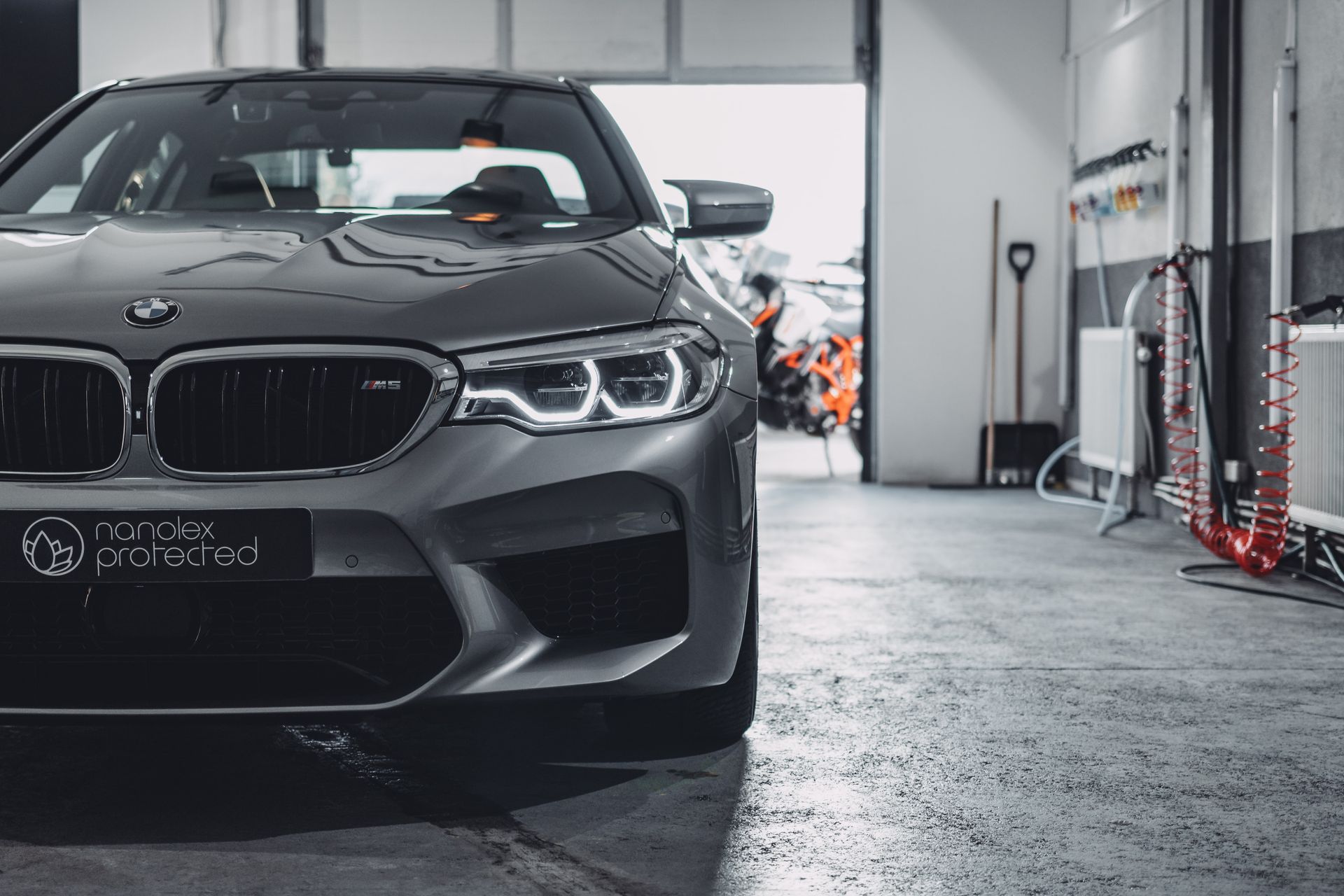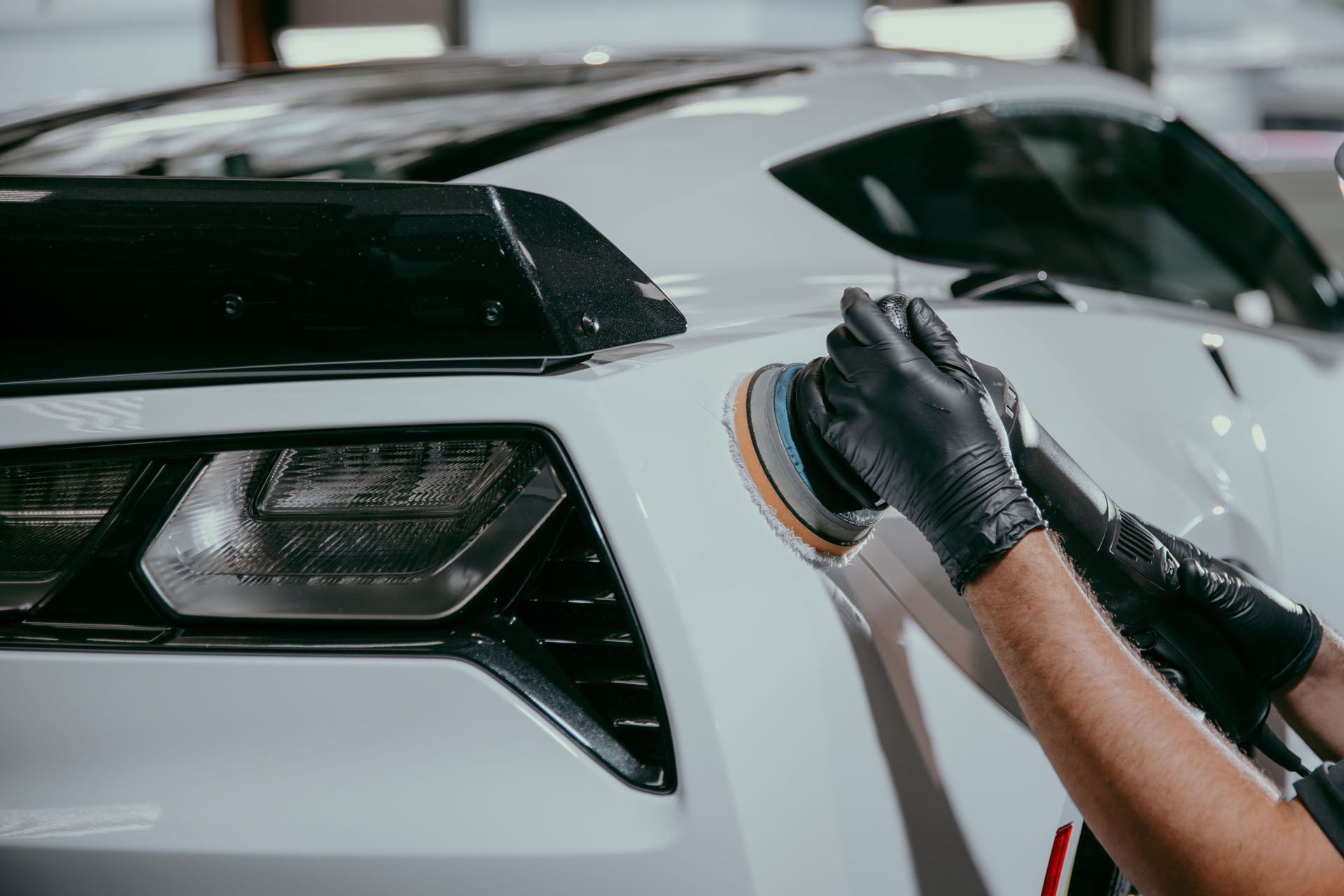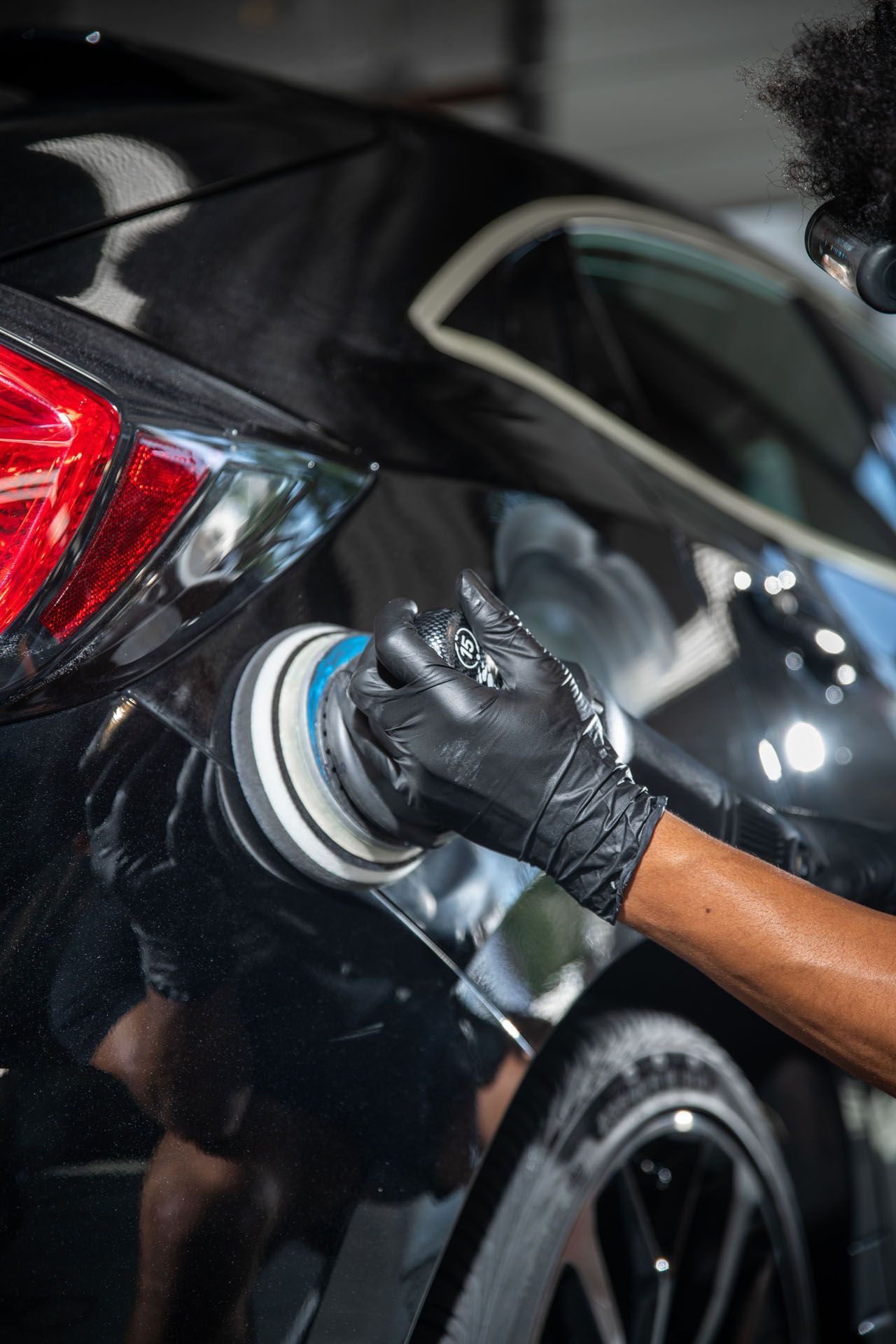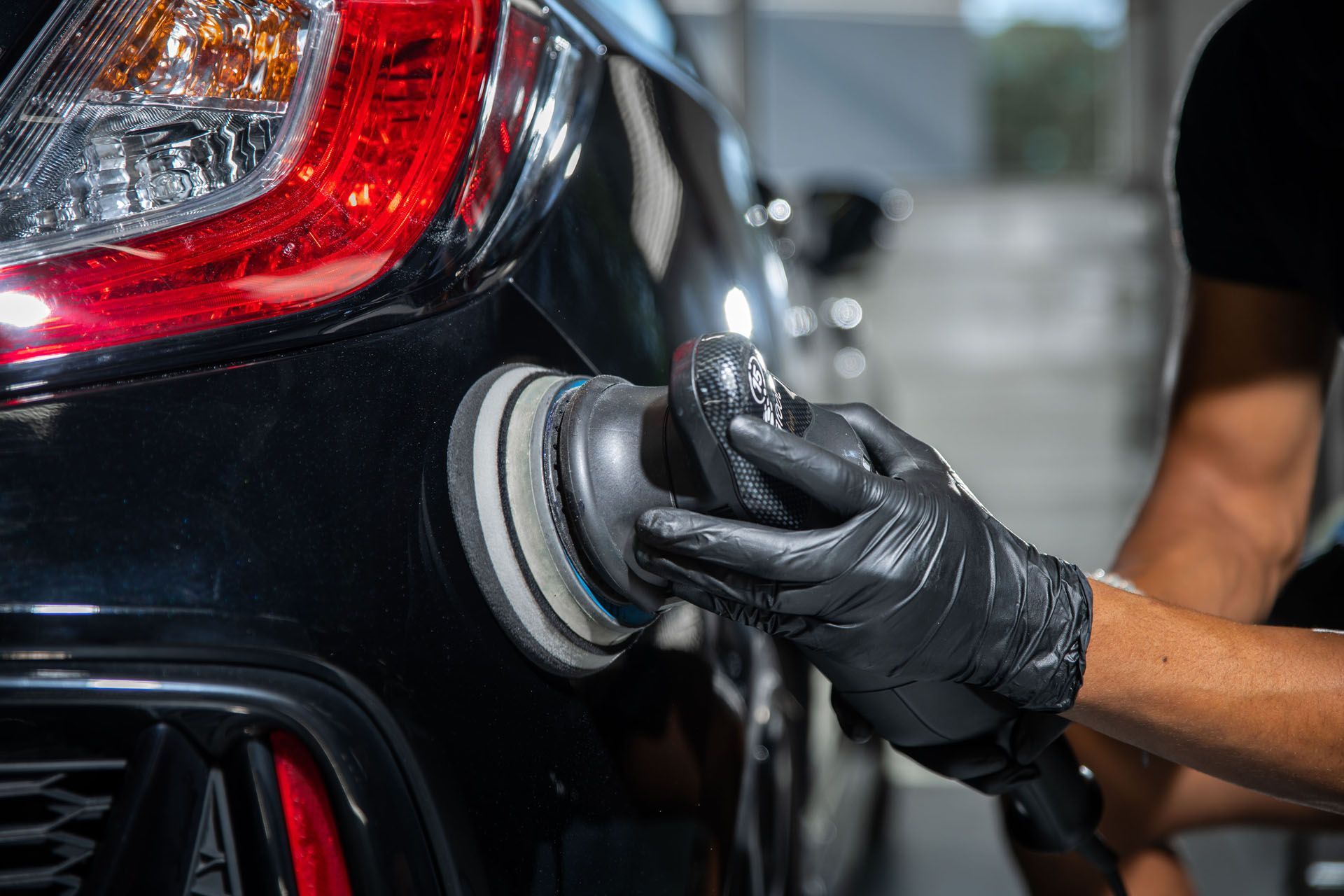Bring Back Gloss and Shine
Premier Plus Detailing Paint Correction Services
Bring your paint back to life with precision paint correction. This service removes swirls, oxidation, and surface imperfections to reveal the full depth and clarity of your vehicle’s paint.
Erase Scuffs and Scratches
Paint Correction Restores Your Ride’s Finish
Paint correction is a specialized process that carefully removes surface imperfections like swirl marks, light scratches, oxidation, and water spots to restore your vehicle’s paint to its original clarity and depth. Using advanced polishing techniques and professional-grade equipment, this service smooths out the clear coat without compromising the integrity of your paint. Whether your car has endured years of wear or simply needs a refreshed look, paint correction is the key to bringing back showroom-level shine.
PRICING
Paint Correction Packages
Level 1 Paint Correction - Light Polish
STARTING AT $800
Turnaround 1-2 Days
THIS PACKAGE INCLUDES:
- Level 2 exterior detail
- Paint decontamination
- 1 step polishing
- We aim for 50%+ defect removal
- Paint sealant
Level 2 Paint Correction - 2-Step Correction
STARTING AT $1,200
Turnaround 2-3 Days
THIS PACKAGE INCLUDES:
- Level 2 exterior detail
- Paint decontamination
- 2 step compound and polish
- We aim for 75%+ defect removal
- Paint sealant
Level 3 Paint Correction - Multi-Step Correction
STARTING AT $1,800
Turnaround 3-4 Days
THIS PACKAGE INCLUDES:
- Level 2 exterior detail
- Paint decontamination
- 3 step cutting, polishing, and jeweling
- We aim for 90%+ defect removal
- Paint sealant
Busting Common Myths
Here’s the Truth About Paint Correction
Myth: Paint correction will remove all scratches instantly.
Truth: Paint correction can significantly reduce or remove many types of surface imperfections, but it is not a magic fix for every scratch. Deeper scratches that penetrate beyond the clear coat may require additional repair methods such as touch-up paint or panel replacement. Paint correction focuses on restoring the clear coat by polishing out swirl marks, oxidation, and minor scratches to reveal a smooth and glossy finish.
Myth: Paint correction will damage my vehicle’s paint.
Truth: When performed properly, paint correction is a safe and controlled process that enhances the paint’s condition rather than harming it. Experienced professionals use the right tools, products, and techniques to carefully remove only the damaged outer layer without compromising the paint beneath. Proper preparation and expertise are essential to avoid causing damage during the correction process.
Myth: Paint correction is only necessary for older vehicles.
Truth: Any vehicle, regardless of age, can benefit from paint correction if it has surface imperfections affecting its appearance. Newer cars can develop swirl marks or light scratches from improper washing or environmental factors, and paint correction can restore their shine. Maintaining a flawless finish early on helps preserve the vehicle’s value and appearance over time.
Myth: After paint correction, I don’t need to protect my paint anymore.
Truth: Paint correction improves the appearance of your paint but does not provide lasting protection. After correction, it’s important to apply a protective layer like ceramic coating or high-quality wax to shield the paint from UV rays, contaminants, and environmental damage. Protection helps maintain the results of the correction and keeps your vehicle looking its best longer.
Myth: Paint correction is a quick and inexpensive fix.
Truth: Paint correction is a detailed and time-intensive process that requires skill, patience, and professional-grade equipment. The time and cost involved reflect the level of precision needed to safely restore your paint to a flawless finish. While it may require a larger investment than a basic wash or polish, the long-lasting benefits and enhanced appearance make it well worth the effort.
CALL (321) 356-8516
Ready to Restore Your Vehicle’s Shine?
Bring back the flawless finish your vehicle deserves with expert paint correction. Whether your car shows signs of wear or you simply want to elevate its appearance, this service removes imperfections and reveals a stunning, mirror-like surface. Schedule your appointment today and experience the transformation precision polishing can deliver.





